
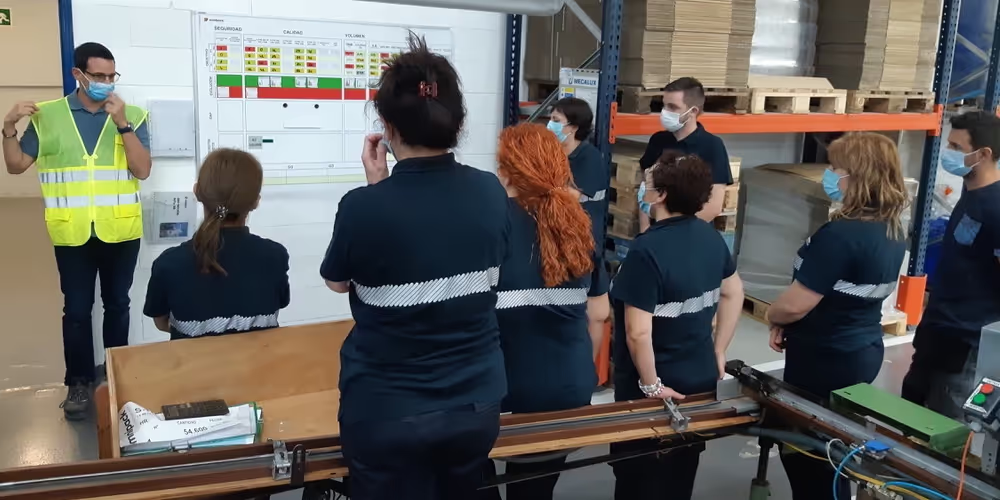
FEATURE – In the last article in his series, the author discusses how you can mix and combine the different pull systems available to the lean practitioner.


FEATURE – In the third article in his series, Christoph Roser provides a practical guide to understand the most adequate pull system to your circumstances.


FEATURE – Before you decide which method to use to establish pull, you must consider a number of factors. Here’s the things you should be paying attention to.
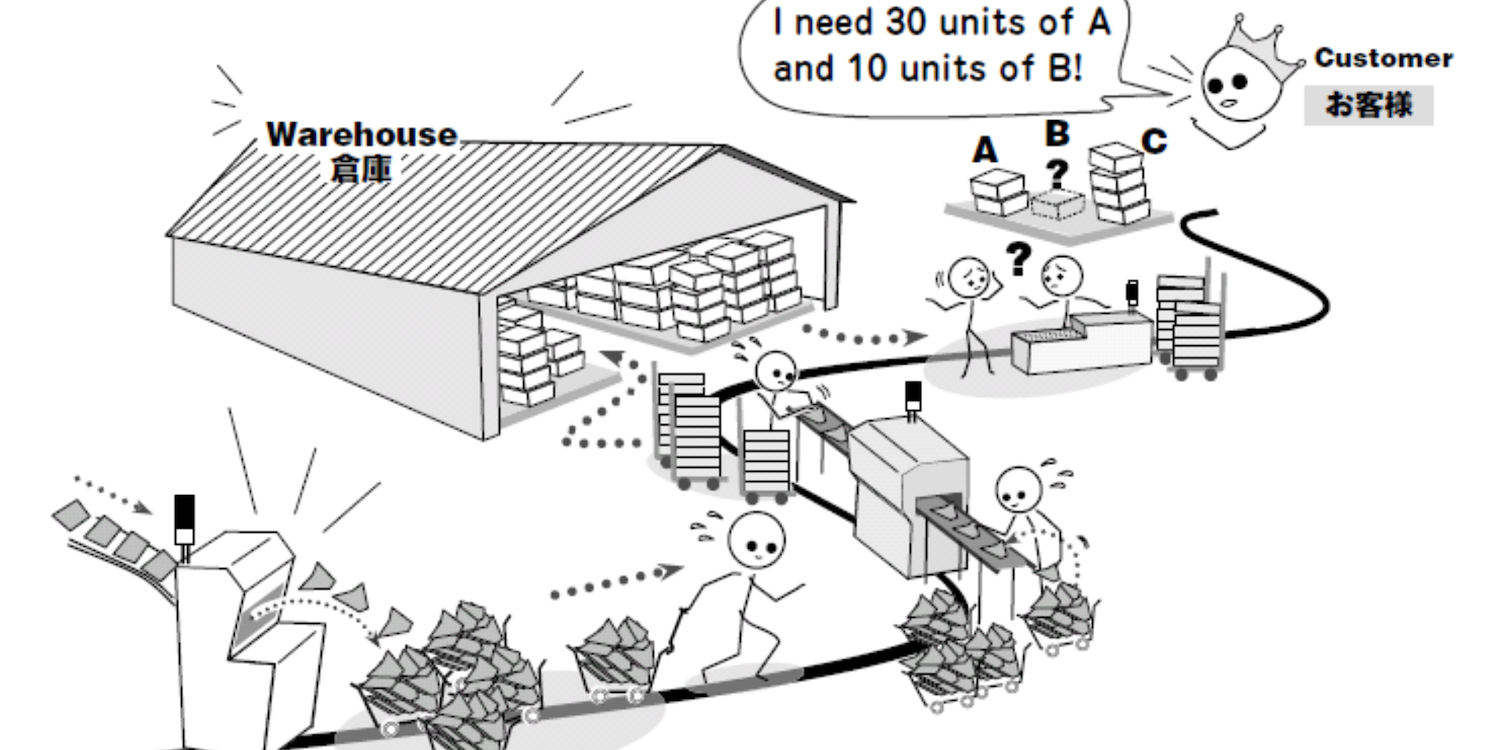

FEATURE – The release of Christoph Roser’s new book All About Pull inspires John Shook to discuss the origins and true meaning of “pull” and why it is incorrect to blame JIT for the shortcomings of global supply chains.
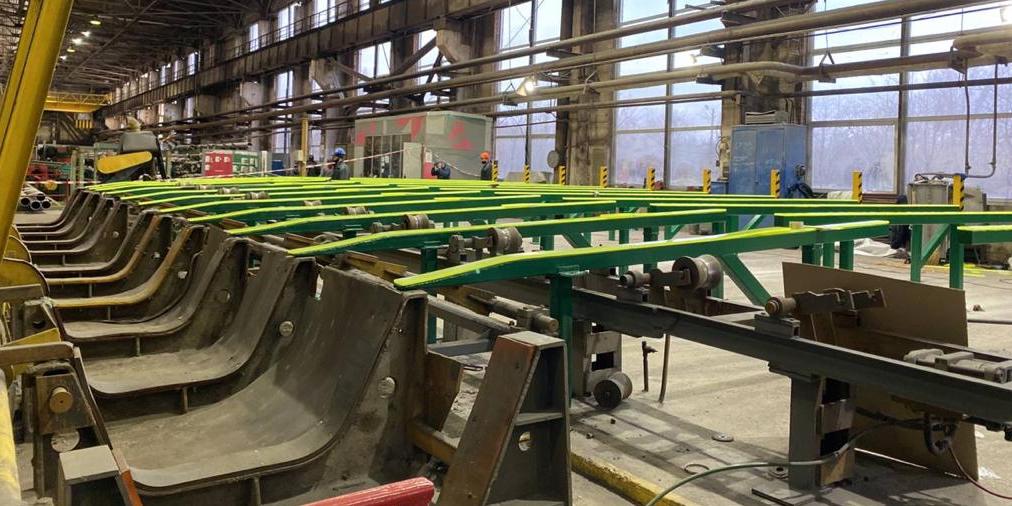

FEATURE – With the help of Lean Thinking, this Ukrainian producer of stainless steel pipes is retaining its competitive position against larger players in the market.
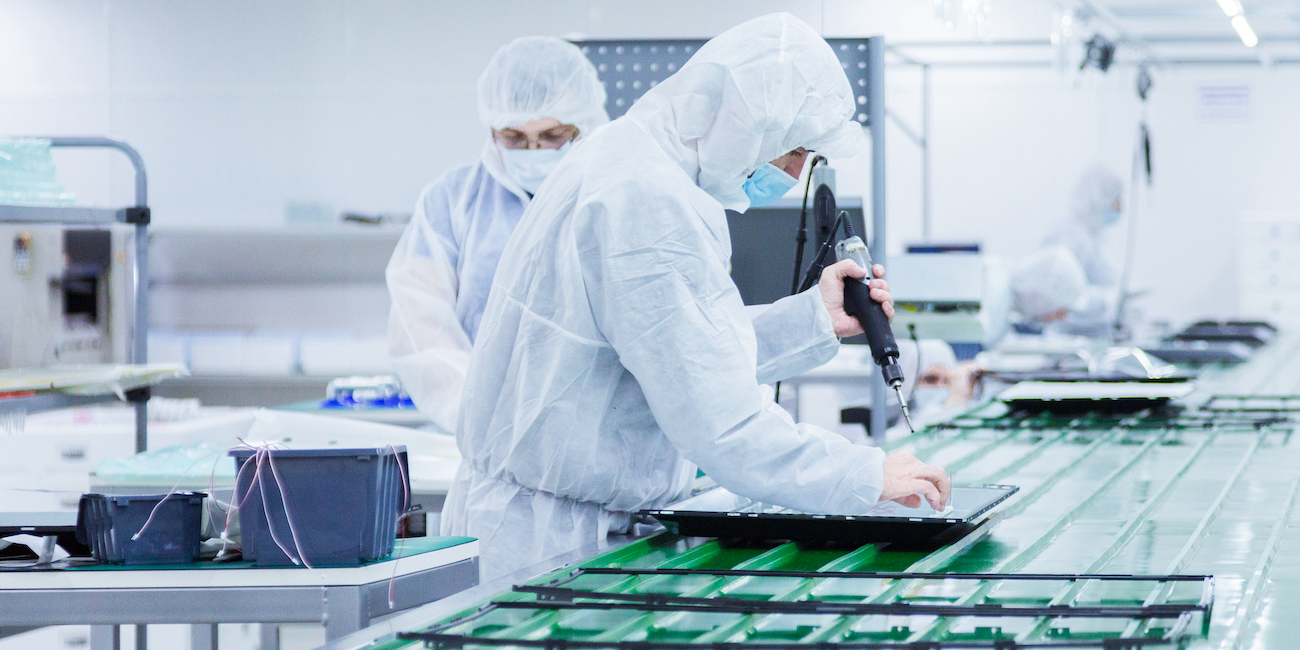

FEATURE – Aligning supply flows with demand is crucial to success, but it can be complicated. Lean Thinking can help us identify the strategy and sequence of activities that we need to make it a reality.
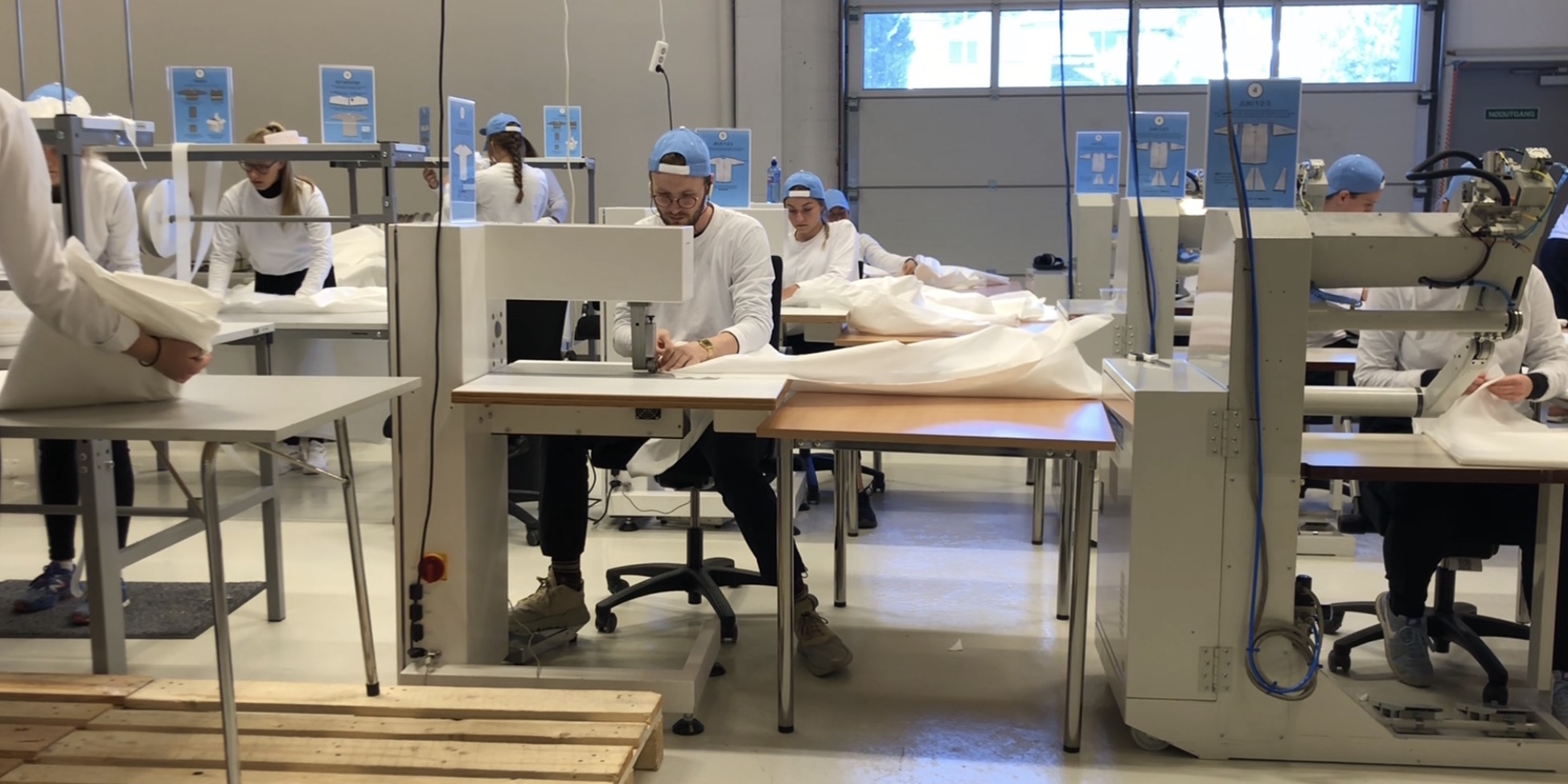

CASE STUDY – Some blamed lean for the shortages of personal protective equipment (PPE) in first wave of the pandemic. This small Norwegian producer of disposable bedsheets used it to establish and ramp up the production of medical gowns for healthcare workers.
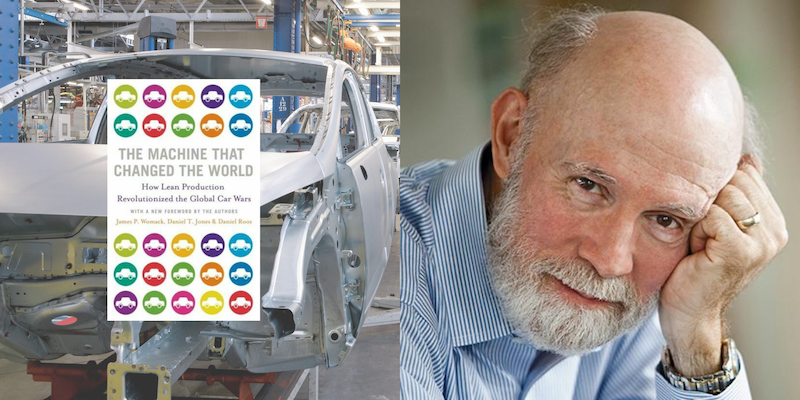

INTERVIEW – Thirty years ago, a book introduced lean thinking to the world, started a global movement and transformed business forever. Our editor caught up with one of the authors.
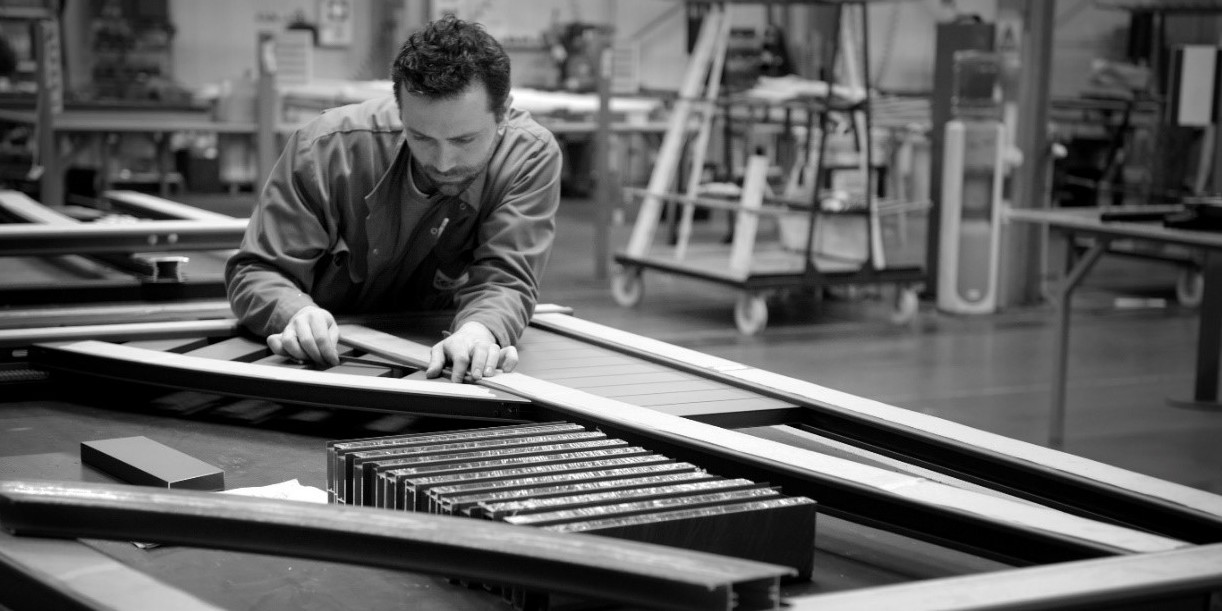

NOTES FROM THE GEMBA – By introducing flow in its processes and transforming its approach to managing the business, this French manufacturer of fences and gates is building a competitive advantage.


INTERVIEW – A former VP of Operations from Thales tells Catherine Chabiron how he and his team turned around their department by committing to lean thinking and focusing on people development every day.


CASE STUDY – This Turkish producer of sanitaryware has boosted its quality so dramatically it’s now a player in the German market. It did so by bringing drastic change to its production system.
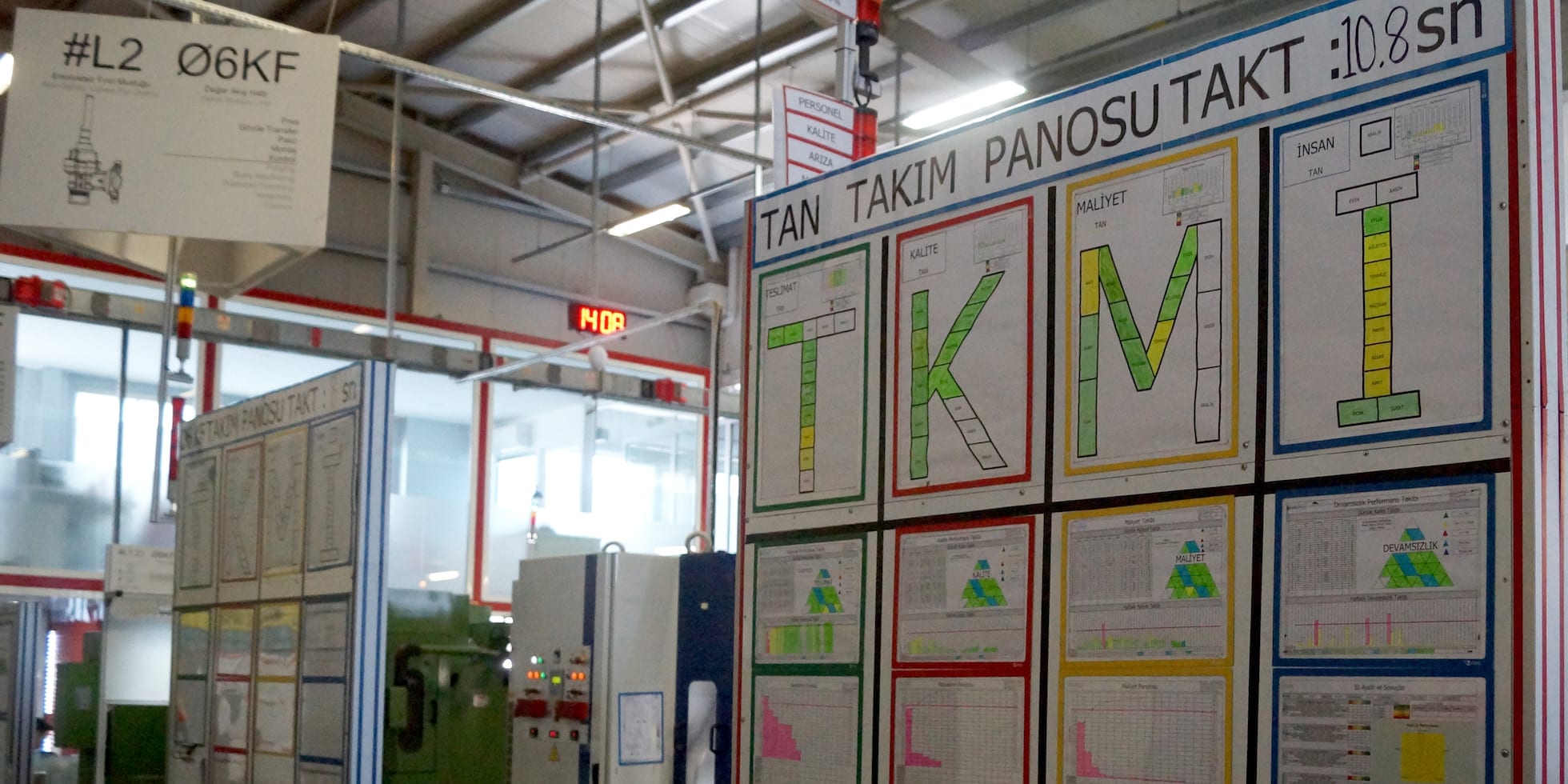

CASE STUDY – A Turkish producer of gas valves for kitchen appliances has discovered the power of the lean principles of pull and flow, reaching results beyond its imagination.


THE LEAN BAKERY – In this episode of our video series, we visit 365's super-lean workshop, where small batches and a clever use of space allow for unprecedented levels of flexibility in manufacture.
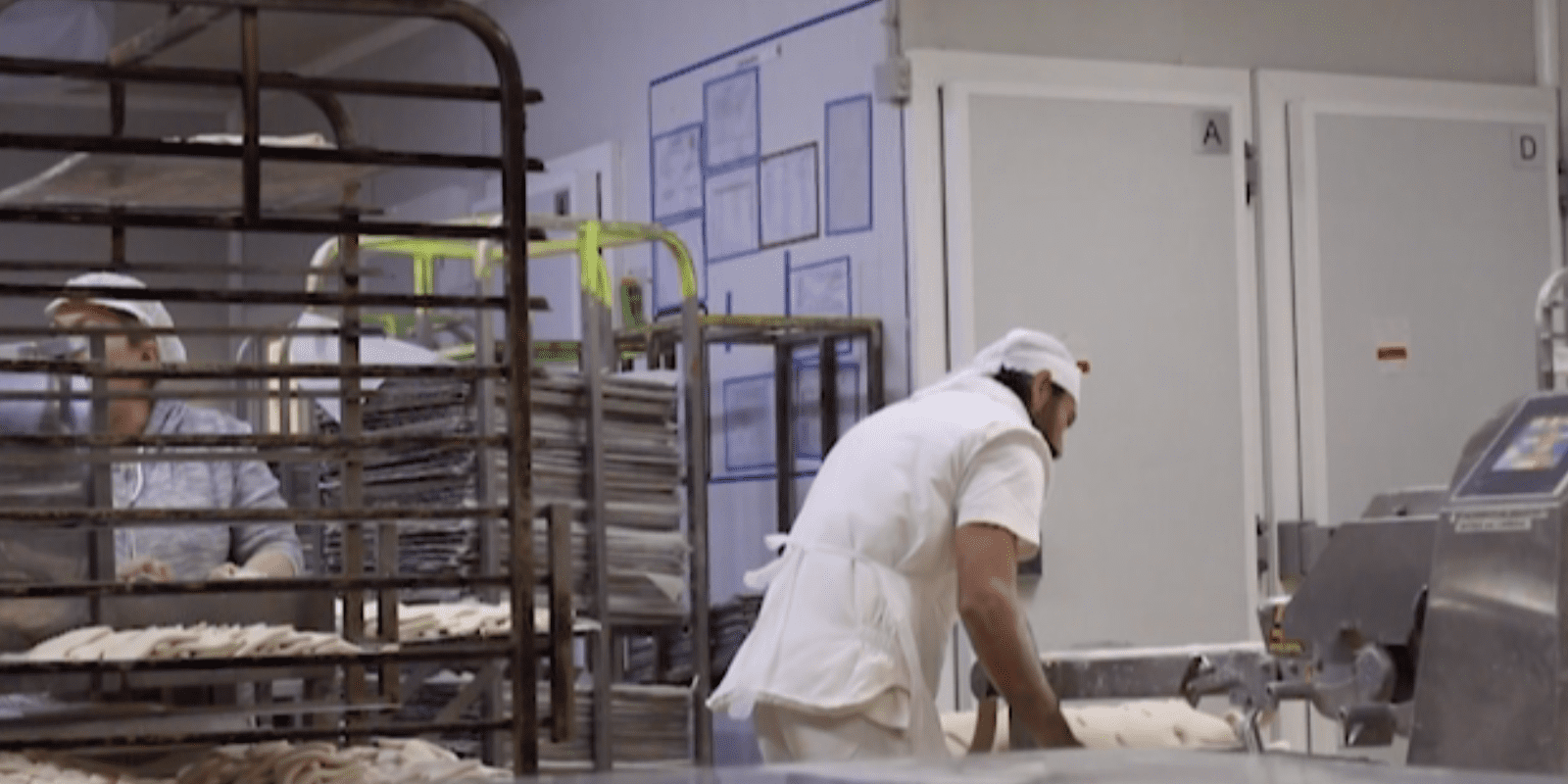

THE LEAN BAKERY – In the fourth episode in our video series, the CEO of 365 explains how lean showed him that his business could grow (exponentially) without using any extra resources.
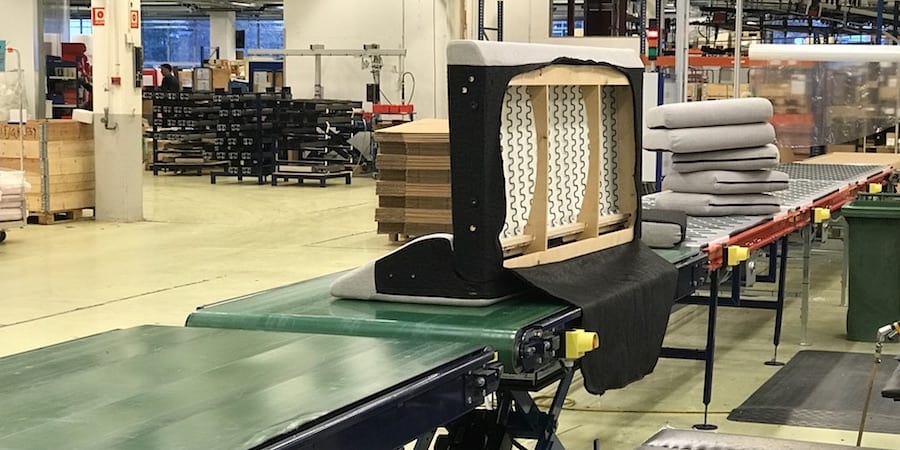

FEATURE – Sometimes all you need to change minds is a successful experiment. This is how a Norwegian furniture manufacturer managed to transform the way it thinks about its sofa production.


WOMACK’S YOKOTEN – This month, the author looks at the production line, a century-old idea that still fascinates us, reflecting on how lean thinking has changed it.
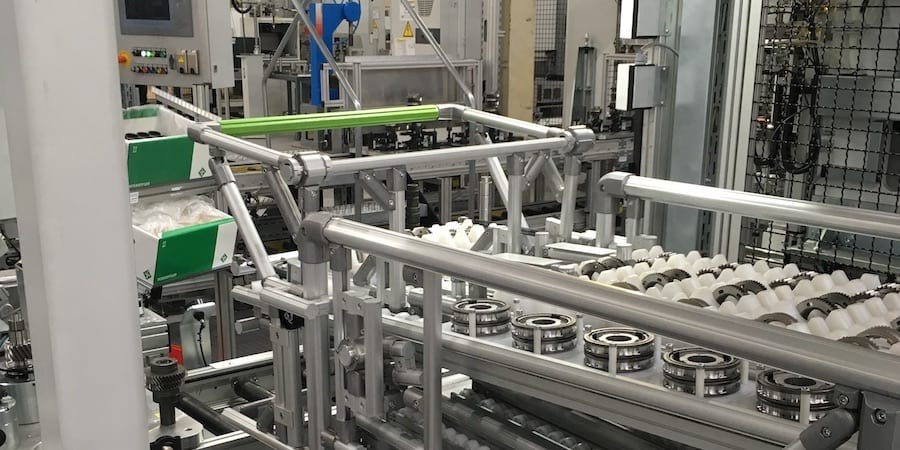

NOTES FROM THE GEMBA – If you need proof that kaizen leads to real innovation, look no further than AIO. This French Tech company that reinvented itself as a karakuri kaizen coach.


THE LEAN BAKERY – In the second video in the series, we visit the stock-free workshop of one of 365's lean bakeries and learn about quality bread, customer focus and making lives easier for bakers.
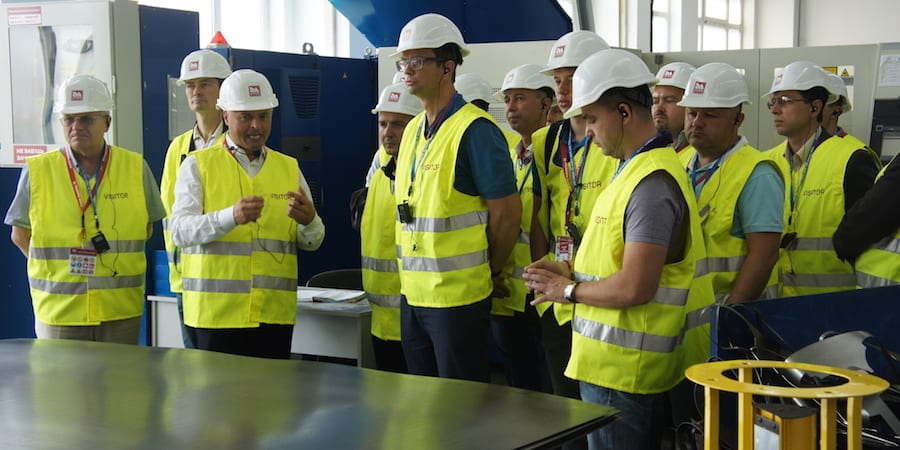

INTERVIEW – In this Q&A, the CEO of a Ukrainian provider of equipment for stores shares how lean thinking has helped his company modernize its processes and engage its people.


CASE STUDY – Faced with complex logistics and customer complaints, a small deli and butchery in Botswana saw in lean a way to bring the business back from the brink. The philosophy didn’t fail them.
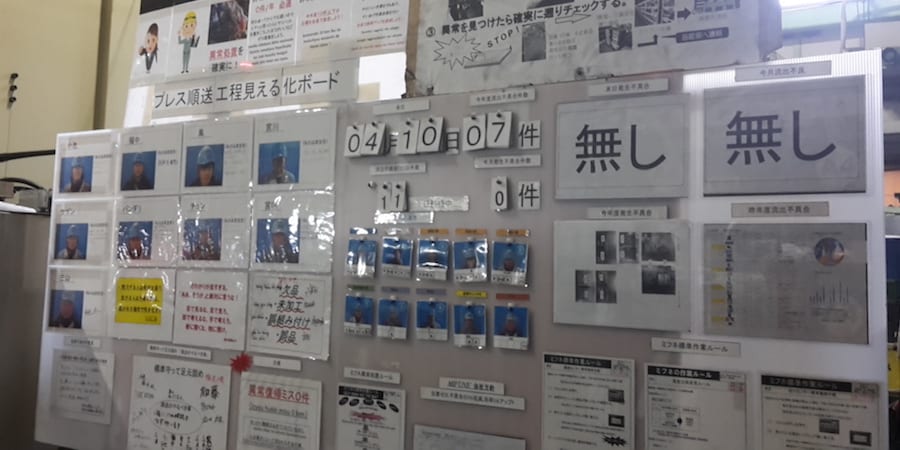


NOTES FROM THE GEMBA – This month, the author shares her account of a recent gemba walk at a Tier 2 Toyota supplier, which has achieved impressive results by applying TPS.


FEATURE – Inventory reduction is critical to waste elimination. Yet, many are reluctant to do it, fearing demand variability and production instability will neutralize their efforts. Grupo Sabó's story proves otherwise.


FEATURE – You have never seen a workshop like this before: Halfway Ngami in Botswana has creatively transformed car servicing and repairs by making problems visible and introducing flow.


DOCUMENTARY – In PL’s first ever documentary, we share the story of a chain of car dealerships in Africa. Watch and learn how people development and lean leadership made for one of the best turnarounds you’ll ever encounter.
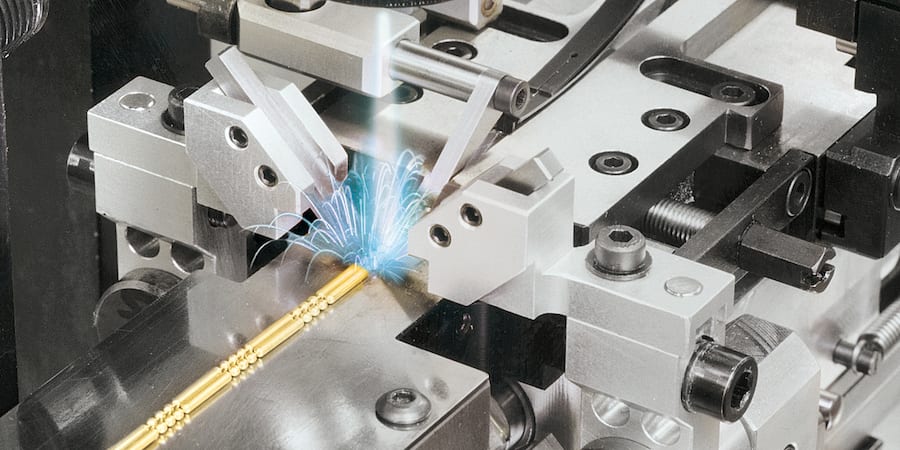

INTERVIEW – Italy-based precision machinery manufacturer Sisma has changed skin many times over the years. We sat down with its general manager to learn how the firm has been able to continuously innovate over the years.


FEATURE – There is a form of waste – complexity in raw and packaging materials – that adds costs to manufacturing without creating value, but it is often overlooked. The author explains what it is and how to banish it.


FEATURE – A broken phone or a clock showing the wrong time may seem small details to you, but they actually make people's jobs more difficult. Fixing these issues improves work and boosts morale... It also says a lot about you as a company.


FEATURE – We often think that making every product customers might want – no matter how little they sell or how much complexity they add to our schedule – is inherently lean. As Toyota understands quite well, however, it is quite the opposite.


FEATURE – In the latest article in his series on how to effectively level production, Ian Glenday discusses why the perceived high variability of our demand is actually the result of a misconception… think about it in percentage terms!


FEATURE – In the latest article of his series for Planet Lean, Ian Glenday explains the practical steps an organization can take to properly introduce levelled production in its operations.


FEATURE – Repeating the same patterns of work over six to eight cycles of production generates improvements - based on people, not machines - and facilitates the adoption of lean principles and tools.
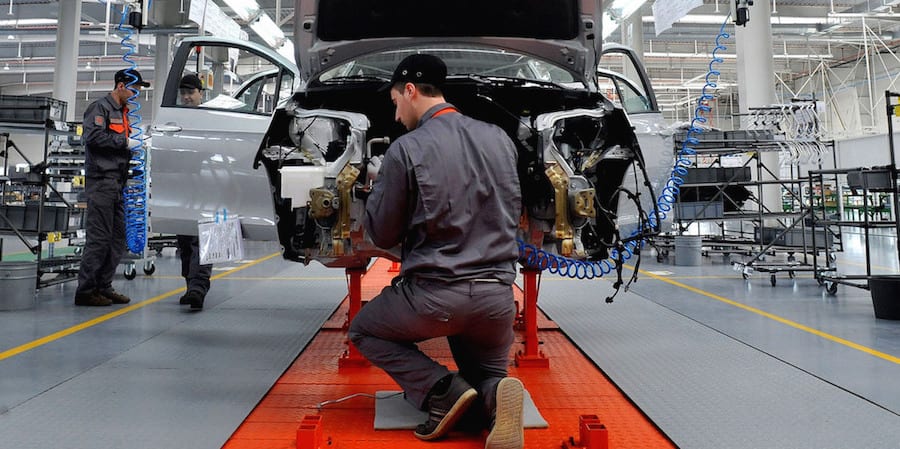

FEATURE - The original TPS "house" had levelled production at its foundation because Toyota understood that establishing and sustaining continuous improvement is impossible without creating stability in production first. What about your transformation?


FEATURE – It might be widely used as a planning system, but ERP – Ian Glenday argues – is not conducive to an environment where lean thinking can thrive: because it is based on a batch logic, it always creates a different plan and, with it, instability.
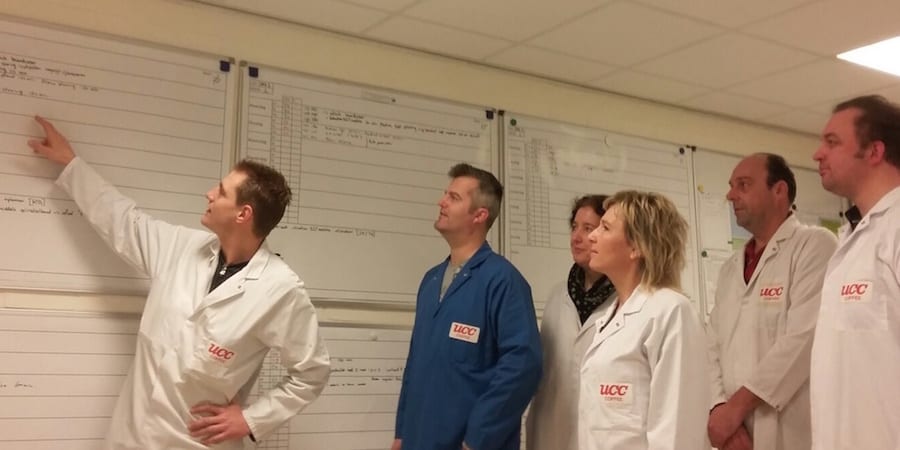

FEATURE – Repetitive flexible supply is a very effective method to level production scheduling, but as a FMCG company in the Netherlands found out, sometimes a number of conditions must be met before the approach becomes viable.
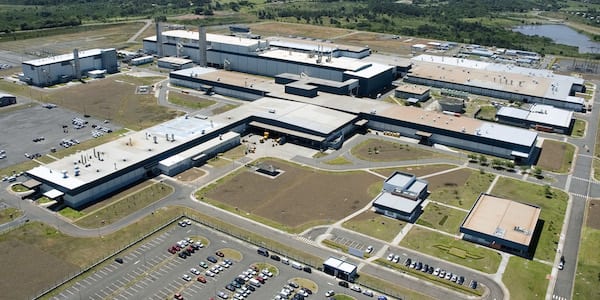

INTERVIEW – We speak with Sérgio Caracciolo of General Motors do Brasil about the carmaker’s approach to lean, its struggles, and its lessons learned.
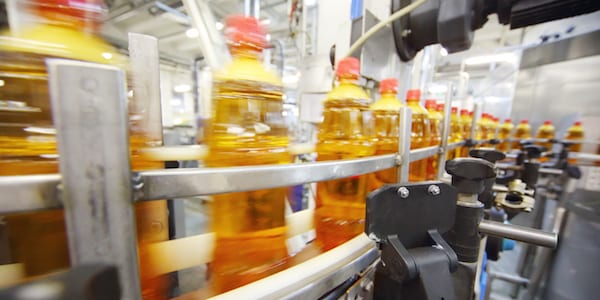

FEATURE – Effectively applying just-in-time and achieving flow is impossible without leveling production first. Yet, most companies seem to think this is impossible because demand is so variable… but is it really?
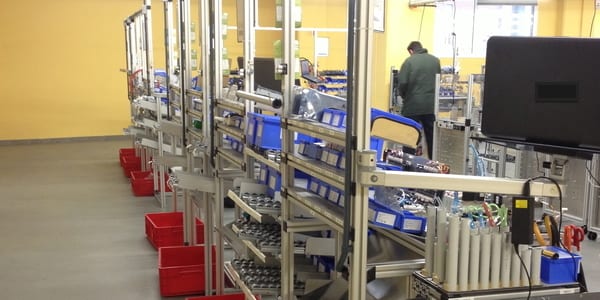

FEATURE - It took a Spanish clinical diagnostics instruments manufacturer the introduction of a new product to realize how an old-fashioned system and management style were preventing the company from thriving.
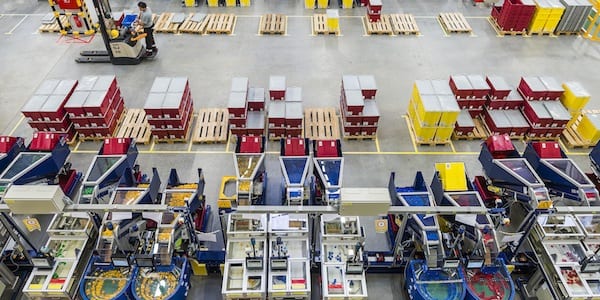

INTERVIEW – Planet Lean meets LEGO’s Ilona Takács to learn how the toy manufacturer looked at its corporate values to built a new, super-lean factory in eastern Hungary.
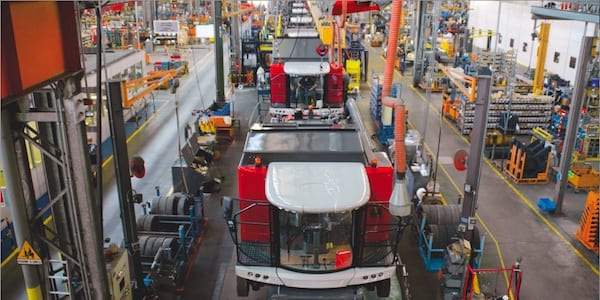

CASE STUDY - An approach based on Lean Daily Management System and experiments in a model area led an Italian manufacturer of combine-harvesters to become one of the leanest organizations in the Veneto region.
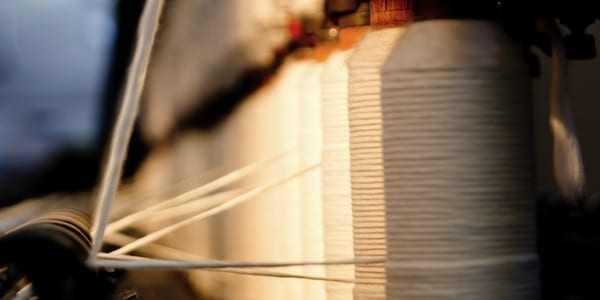

CASE STUDY - Faced with high costs, low demand and growing competition from China, Turkish textile manufacturer Yesim managed to develop a competitive advantage by transforming its ways with lean thinking and increasing its focus on the customer

The term “lean production” refers to the set of tools and techniques used to streamline and improve a company’s production system. With its roots in the Toyota Production System, lean production aims to boost productivity while reducing waste. Companies that successfully embrace lean production methods can achieve impressive improvements in their performance. The superiority of a lean production system was first identified by Womack and Jones during their research on Japanese carmakers. Initially, it was believed that lean was only applicable to production, whereas today we know those principles can be applied in any sector.
With more and more organizations (not just manufacturing firms) turning to automation to try and solve every-day problems, lean production offers an approach that gives the operators and their work the dignity they deserve. This idea is best expressed by the concept of the andon, a cord hanging above lean production lines that operators can pull whenever they encounter a problem they can’t solve right way (this is the base of the fundamental lean principles of jidoka, “automation with a human touch”). Lean is clearly an alternative to reckless management that considers people as mere capital.
The main characteristics of a lean production system are the fact the different stages of production happen in a sequence without interruptions (known as flow) and that the pace of production is set by the customers (pull).

